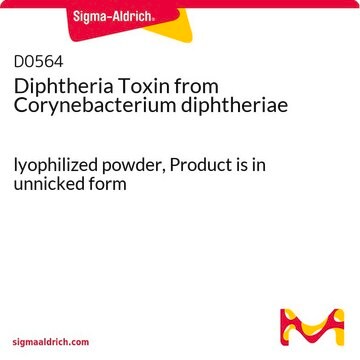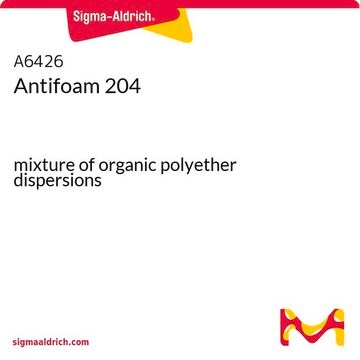D1377
2,6-Diaminopimelic acid
≥98% (TLC), suitable for thin layer chromatography (TLC)
Synonim(y):
2,6-Diaminoheptanedioic acid
About This Item
Polecane produkty
product name
2,6-Diaminopimelic acid, ≥98% (TLC)
Próba
≥98% (TLC)
Postać
powder
metody
thin layer chromatography (TLC): suitable
kolor
white to off-white
mp
~295 °C (dec.) (lit.)
Zastosowanie
peptide synthesis
ciąg SMILES
NC(CCCC(N)C(O)=O)C(O)=O
InChI
1S/C7H14N2O4/c8-4(6(10)11)2-1-3-5(9)7(12)13/h4-5H,1-3,8-9H2,(H,10,11)(H,12,13)
Klucz InChI
GMKMEZVLHJARHF-UHFFFAOYSA-N
Szukasz podobnych produktów? Odwiedź Przewodnik dotyczący porównywania produktów
Powiązane kategorie
Opis ogólny
Zastosowanie
- as a supplement in glucose minimal media for screening Bacillus subtilis(44)
- as a component of lysogeny broth (LB) agar for screening E coli transformants(45)
- as a standard in thin layer chromatography for the characterization of DAP isoforms from Streptomyces strains(46)
Działania biochem./fizjol.
Inne uwagi
Hasło ostrzegawcze
Warning
Zwroty wskazujące rodzaj zagrożenia
Zwroty wskazujące środki ostrożności
Klasyfikacja zagrożeń
Eye Irrit. 2 - Skin Irrit. 2 - STOT SE 3
Organy docelowe
Respiratory system
Kod klasy składowania
11 - Combustible Solids
Klasa zagrożenia wodnego (WGK)
WGK 3
Temperatura zapłonu (°F)
Not applicable
Temperatura zapłonu (°C)
Not applicable
Środki ochrony indywidualnej
dust mask type N95 (US), Eyeshields, Gloves
Certyfikaty analizy (CoA)
Poszukaj Certyfikaty analizy (CoA), wpisując numer partii/serii produktów. Numery serii i partii można znaleźć na etykiecie produktu po słowach „seria” lub „partia”.
Masz już ten produkt?
Dokumenty związane z niedawno zakupionymi produktami zostały zamieszczone w Bibliotece dokumentów.
Klienci oglądali również te produkty
in natural samples using volatile-ion-pairing reverse-phase liquid
chromatography?electrospray ionization tandem mass spectrometry
Nasz zespół naukowców ma doświadczenie we wszystkich obszarach badań, w tym w naukach przyrodniczych, materiałoznawstwie, syntezie chemicznej, chromatografii, analityce i wielu innych dziedzinach.
Skontaktuj się z zespołem ds. pomocy technicznej














